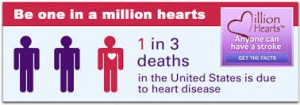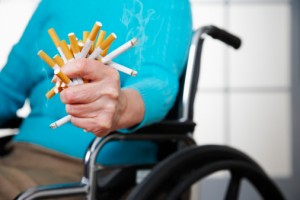Adolescents feel social pressure in various ways, from wearing the latest clothing trends and styles to current music choices. Your child’s friends are one of the strongest influences during this time in their lives, especially when it comes to risky behaviors like tobacco use.

During the pre-teen and teenage years, your child is asserting their independence and exploring their identity. Yet they still crave the approval of their peers and often worry about being rejected. Peer pressure makes them feel they are being pulled in two directions. When it comes to smoking cigarettes, the U.S. Department of Health and Human Services noted the rate among teens that have three or more friends who smoke is 10 times higher than those that reported none of their friends smoke.
However, based on behavior recent research, teenagers who don’t smoke say one of the main reasons is their parents. Your influence is real and as a parent, you can help your child as he struggles with peer pressure, examines their options, and becomes a mature independent thinker.
Some helpful tips for your teen to avoid caving into peer pressure are:
• Set boundaries: Place smoking on the list of things they shouldn’t do. Make sure they understand smoking’s health risks, know the consequences for breaking the rules and enforce them.
• Know your child’s friends: Pay attention to how your teen interacts and observe. Are the relationships equal and respectful? If not, make time to about them.
• Manage stress: Be on the look-out for signs of stress. Empathize with their feelings, and help them prioritize their activities.
• Encourage independent thinking: The more they trust themselves, the less vulnerable they will be to peer pressure.
• Show and teach empathy: By showing empathy for your child’s feelings, you teach them how you value their thoughts and in turn will teach them to trust themselves.
• Get them involved: Try having them become involved in groups or clubs that fit their interest and reduce the chances of boredom while gaining a new set of strengths.
Your influence can bring a world of difference. If you are a smoker and are interested in quitting, look into a local smoking cessation group or contact Flushing Hospital Medical Center’s Ambulatory Care Center at 718-670-5486 to make an appointment with a pulmonologist.
All content of this newsletter is intended for general information purposes only and is not intended or implied to be a substitute for professional medical advice, diagnosis or treatment. Please consult a medical professional before adopting any of the suggestions on this page. You must never disregard professional medical advice or delay seeking medical treatment based upon any content of this newsletter. PROMPTLY CONSULT YOUR PHYSICIAN OR CALL 911 IF YOU BELIEVE YOU HAVE A MEDICAL EMERGENCY.



